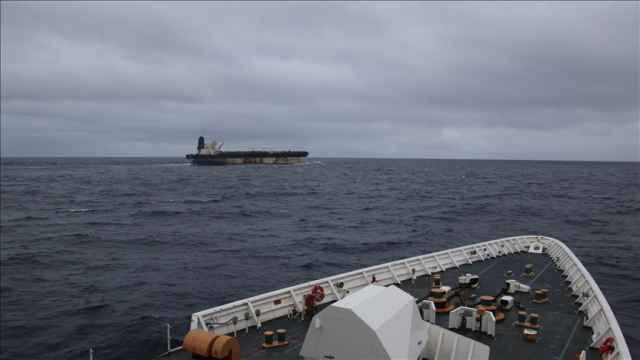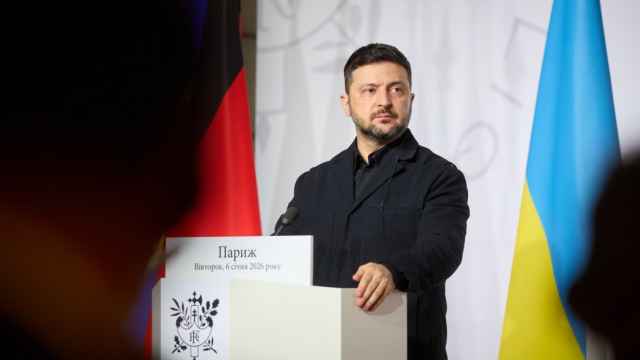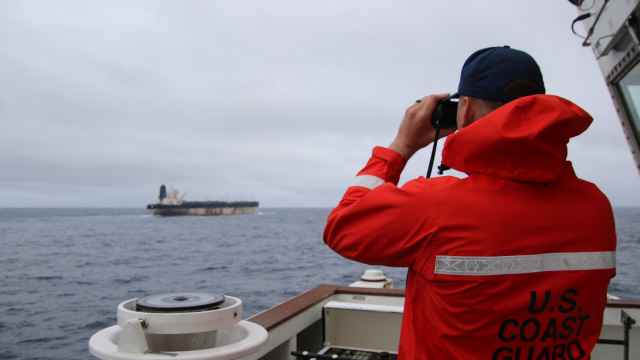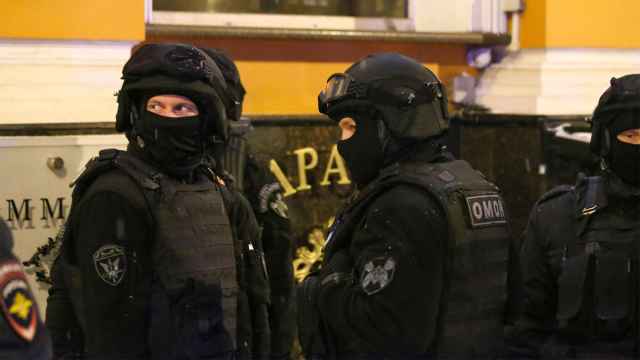| About this blog
|
| Window on Eurasia covers current events in Russia and the nations of the former Soviet Union, with a focus on issues of ethnicity and religion. The issues covered are often not those written about on the front pages of newspapers. Instead, the articles in the Windows series focus on those issues that either have not been much discussed or provide an approach to stories that have been. Frequent topics include civil rights, radicalism, Russian Islam, the Russian Orthodox Church, and events in the North Caucasus, among others.
Author Paul Goble is a longtime specialist on ethnic and religious questions in Eurasia. Most recently, he was director of research and publications at the Azerbaijan Diplomatic Academy. He has served in various capacities in the U.S. State Department, the Central Intelligence Agency and the International Broadcasting Bureau as well as at the Voice of America and Radio Free Europe/Radio Liberty and at the Carnegie Endowment for International Peace. He writes frequently on ethnic and religious issues and has edited five volumes on ethnicity and religion in the former Soviet space. |
VIENNA &mdash On Oct. 25, as in Soviet times, some residents of the Russian Far East marked the anniversary of the Red Army's victory there over the anti-Bolshevik forces in 1922. But this year, that date became the occasion for a discussion on the far eastern republic, created by Moscow in April 1920 as a buffer state and disbanded in November 1922.
In its current issue, the Vladivostok journal Zolotoy Rog surveys opinion about what it describes as "a unique state formation which territorially resembled the borders of the current far eastern district" not only as a historical event but also as a possible model for the future of the Russian Far East.
Viktor Sonin, a professor of law and member of the Russian Academy of Political Science, said that the far eastern republic was "one of the most democratic" countries on the Pacific rim at the time of its formation because its creators drew on "the constitutional values of the [Russian Soviet Federative Socialist Republic] and the countries of the West."
Its constitution, he pointed out, was drafted by a variety of experts, including Alexander M. Krasnoshchekov, a graduate of the University of Chicago law school who served as president of the far eastern republic, and its economic system "in many ways recalls the contemporary economic structure of the Peoples Republic of China."
The far eastern republic's mixed economy, which made use of both market forces and state capitalism, Sonin said, might have allowed that state, had the Soviet government permitted it to continue to exist, to become "one of the most developed regions of Russia and Northeast Asia."
But, he said with obvious regret, "the restoration of Soviet power in the Far East in 1922 led to the destruction of the bourgeois-democratic republic, and the region again became only a military advanced post and a raw materials supplier to the countries on the Pacific Ocean," a fate it has not yet escaped.
Alexander Latkin, an economist, told the journal that "after so many years, it is now difficult to assess the effect of the creation of the far eastern republic in the 1920s," but he continued, "the arguments 'for' doing so all the same are greater than the arguments 'against' that step."
"Chief among these," the economist said, was the distance between the far eastern territories and Moscow, a separation that "made both the administration of the region" by the central Russian government and relations between the Russian Far East and the dynamic economies of the Pacific rim "more difficult."
Yury Privalov, an entrepreneur who serves in the Vladivostok Duma, told Zolotoy Rog that Moscow had created the far eastern republic as a means of expelling "foreign forces on the territory of the far eastern [region]" and had put in place the kind of mixed economy that would have allowed that region to develop.
"But the insane faith of the Bolsheviks, and they were a majority of the government of the far eastern republic, in the bright future of communism tilted the historical balance" away from that possibility. With the appearance of "the first growth of a new economic system," they suppressed the republic and the possibilities it had opened up.
The republic's Bolsheviks, he continued, were not even willing to follow through on plans to make Vladivostok a free trade zone in order to attract foreign investment. Had they done so, Privalov said, then that city could have developed more rapidly, perhaps on the model of Hong Kong, whose "experience," he continued, "is now being studied."
But Vladimir Bespalov, a Communist deputy in the Primorsky Krai legislative assembly, gave a far less upbeat assessment of the far eastern republic and a far more negative judgment of those who see any aspect of it as a model for the future of the far eastern regions of the Russian Federation.
Soviet leader Vladimir Lenin, he pointed out, was "forced" by the geopolitical situation in the region to create the far eastern republic as "a buffer state," but that "historical experience," Bespalov insisted, was "unique and not repeatable" for any period outside of "the specific situation of the first quarter of the 20th century."
"Any attempts to inspire the formation of an independent state on the territory of the far eastern region now would lead to tragedies for millions of citizens of Russia and to the loss of these territories because such a new state formation on its own would not be able to defend itself from its great and economically powerful neighbors."
The "narrow circle" of people who are now talking about "the idea of a new far eastern republic," he argued, are "political adventurists." Obviously, more needs to be done to overcome the problems of the region, but these steps should be taken by Russia under the leadership of new political forces, including, presumably, the Communist Party of the Russian Federation.
Bespalov's opposition to the idea was shared by Yury Rybalkin, an advisor to the Congress of Industrialists and Entrepreneurs in the Primorsky Krai. In addition to the inability of such a formation to defend itself against foreign powers, it would face its own secessionist challenges from Yakutia, Chukotka, Sakhalin and even Khabarovsk regions.
As a result, and "very quickly," such a formation would "disappear from the political map having been converted into a raw materials colony." But while neither he nor Privalov acknowledge it, that is what many residents of the Far East think that Moscow has been doing for decades and is extending into the future via its new cooperative arrangement with China.
A Message from The Moscow Times:
Dear readers,
We are facing unprecedented challenges. Russia's Prosecutor General's Office has designated The Moscow Times as an "undesirable" organization, criminalizing our work and putting our staff at risk of prosecution. This follows our earlier unjust labeling as a "foreign agent."
These actions are direct attempts to silence independent journalism in Russia. The authorities claim our work "discredits the decisions of the Russian leadership." We see things differently: we strive to provide accurate, unbiased reporting on Russia.
We, the journalists of The Moscow Times, refuse to be silenced. But to continue our work, we need your help.
Your support, no matter how small, makes a world of difference. If you can, please support us monthly starting from just $2. It's quick to set up, and every contribution makes a significant impact.
By supporting The Moscow Times, you're defending open, independent journalism in the face of repression. Thank you for standing with us.
Remind me later.






